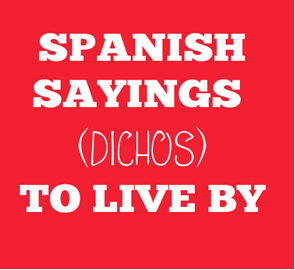The Internet and World Wide Web have brought us all together; however, whenever people that speak different languages are involved, miss-communication will always be a problem. In this post, we have mentioned top 3 legendary historical translation errors that became a major part of dining table conversations for at least a few months.
The Middle-East Blunder
This story goes back to 2006 when most people thought that the President of Iran, Mahmoud Ahmadinejad called Israel to be ‘wiped off the map.’ However, it was later found that there was a translation mistake. What the President actually said was “the regime occupying Jerusalem must vanish from the page of time.” By the time translation error was reported, damage was done.
The Vietnam Incident
Just prior to Vietnam War, intelligence officers falsified documents about a dispute attack. Later, a report was submitted, which stated that the officers at the NSA made honest mistakes in translating the documents. The controversy over the release of the article was first reported in The New York Times. Although, there were numerous reasons for the US to enter into Vietnam War, it still remains unclear just how things would be different without this translation error.
The U.S. President Incident
When Jimmy Carter, the US President in 1977, traveled to Poland to hold a United States’ first-ever news conference, the visit went horrendous. President Carter took the help of a not-so-accurate translator, the statement “I left the United States this morning,” was translated to “when I abandoned the United States.’’ You can imagine the embarrassment.
Above mentioned translation errors are not just hilarious; they must have embarrassed some of the most popular names in history. Avoid such errors by consulting a professional translator because being in the news for wrong reasons is not a very good experience.
Enjoyed the post? Read our post about automobile translation blunders – Car Names That Sound Hilarious in a Different Language.
Have a story related to translation blunders that you would like to share with us? Mention in the comments section.









